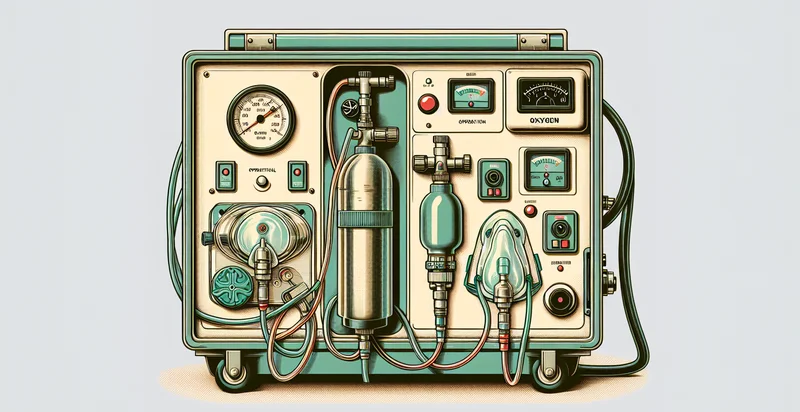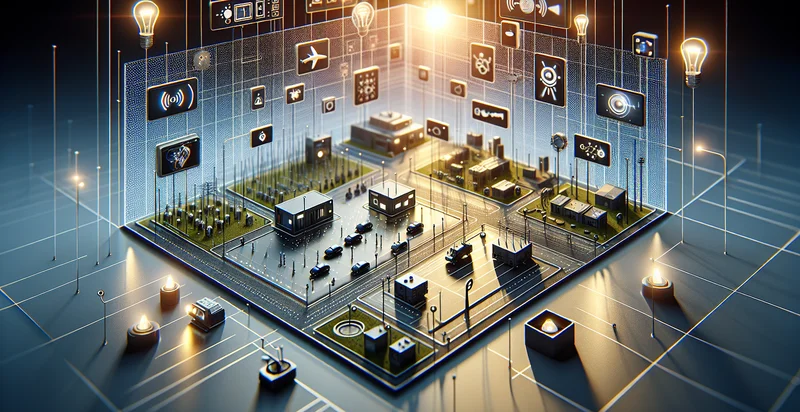Identify oxygen sensor
using AI
Below is a free classifier to identify oxygen sensor. Just input your text, and our AI will predict if the oxygen levels are normal - in just seconds.

Contact us for API access
Or, use Nyckel to build highly-accurate custom classifiers in just minutes. No PhD required.
Get started
import nyckel
credentials = nyckel.Credentials("YOUR_CLIENT_ID", "YOUR_CLIENT_SECRET")
nyckel.invoke("oxygen-sensor", "your_text_here", credentials)
fetch('https://www.nyckel.com/v1/functions/oxygen-sensor/invoke', {
method: 'POST',
headers: {
'Authorization': 'Bearer ' + 'YOUR_BEARER_TOKEN',
'Content-Type': 'application/json',
},
body: JSON.stringify(
{"data": "your_text_here"}
)
})
.then(response => response.json())
.then(data => console.log(data));
curl -X POST \
-H "Content-Type: application/json" \
-H "Authorization: Bearer YOUR_BEARER_TOKEN" \
-d '{"data": "your_text_here"}' \
https://www.nyckel.com/v1/functions/oxygen-sensor/invoke
How this classifier works
To start, input the text that you'd like analyzed. Our AI tool will then predict if the oxygen levels are normal.
This pretrained text model uses a Nyckel-created dataset and has 2 labels, including Faulty and Functioning.
We'll also show a confidence score (the higher the number, the more confident the AI model is around if the oxygen levels are normal).
Whether you're just curious or building oxygen sensor detection into your application, we hope our classifier proves helpful.
Related Classifiers
Need to identify oxygen sensor at scale?
Get API or Zapier access to this classifier for free. It's perfect for:
- Environmental Monitoring: The oxygen sensor identifier can be utilized in environmental monitoring systems to classify and analyze oxygen levels in various ecosystems. By accurately identifying readings from multiple sensors, businesses can ensure compliance with environmental regulations and protect biodiversity.
- Industrial Safety: In manufacturing and heavy industries, oxygen sensors play a crucial role in ensuring worker safety. The identifier can help classify sensor data to detect potentially hazardous conditions, allowing companies to take proactive measures to mitigate risks of oxygen deficiency or enrichment.
- Medical Diagnostics: In healthcare settings, the oxygen sensor identifier can be applied to classify patient data from respiratory monitors and devices. This classification aids in the early detection of respiratory distress and can facilitate timely medical interventions, improving patient outcomes.
- Smart Home Automation: In smart home systems, the oxygen sensor identifier can be integrated to monitor air quality and ensure the safety of indoor environments. This use case allows automated systems to trigger ventilation or air purification when oxygen levels fall outside of optimal ranges, enhancing residential safety.
- Automotive Emission Control: In the automotive industry, the oxygen sensor identifier can be employed to classify data from vehicle emissions systems. This classification assists in optimizing fuel efficiency and lowering emissions, aligning with regulatory standards while improving vehicle performance.
- Agricultural Monitoring: In precision agriculture, the oxygen sensor identifier can be used to classify oxygen levels in soil and water, providing crucial insights for crop management. By understanding oxygen availability, farmers can enhance crop yield and implement targeted irrigation strategies.
- Research and Development: In scientific research, the oxygen sensor identifier can be leveraged to classify experimental data involving gas concentrations in various chemical processes. This functionality aids researchers in interpreting results accurately and driving innovation in fields such as materials science and environmental studies.


